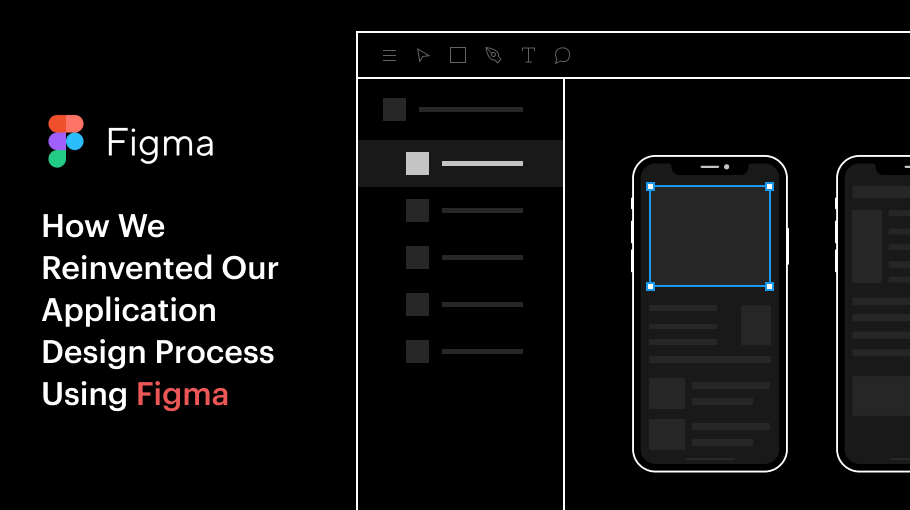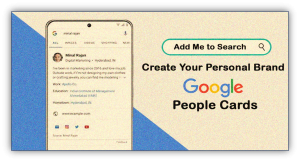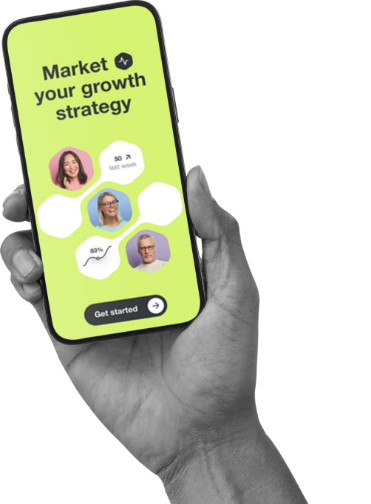Are you looking to take your mobile app design skills to the next level? Whether you’re a beginner or an experienced designer, Figma is an incredibly powerful tool that can enhance your workflow and help you create stunning mobile app designs.
In today’s fast-paced digital world, designing mobile apps has become a crucial skill for designers. Figma, an industry-leading design tool, offers a wide range of features and functionalities specifically designed for mobile app design. However, without proper guidance and understanding of its best practices, it’s easy to make mistakes that can hinder your design process.
To make the most out of Figma for mobile app design, it’s important to familiarize yourself with its features and learn the best practices for designing in this versatile tool. Whether you’re a beginner or an experienced designer, this article will guide you through essential tips and best practices that will help streamline your mobile app design process and ensure you create visually stunning and user-friendly applications.
What is Figma?
Figma is a cloud-based design tool that allows individuals and teams to collaborate on creating interactive and visually appealing designs. Unlike traditional design software, Figma enables real-time collaboration, making it easy for multiple designers to work together on a project simultaneously, regardless of their locations.
With Figma, designers can create and prototype designs for mobile app, and other digital platforms. The platform offers a range of powerful features, including an intuitive interface, vector editing tools, and the ability to create and manage design components. These design components can be reused across multiple projects, saving valuable time and effort.
One of the standout features of Figma is its versatility. It can be used by a variety of professionals, including graphic designers, UI/UX designers, product managers, and even developers. It allows team members to provide feedback and comments directly on the design, eliminating the need for back-and-forth communication via emails or other messaging platforms.
Benefits of Using Figma for Mobile App Design:
Collaboration Made Easy: Figma’s cloud-based platform enables designers, developers, and stakeholders to collaborate seamlessly. Real-time collaboration and commenting features facilitate effective communication, reducing design iterations and ensuring everyone is on the same page.
Cross-Platform Compatibility: Figma is compatible with both Mac and Windows operating systems, making it accessible to a wide range of designers. Moreover, it offers browser-based access, eliminating the need for complex software installations.
Design Consistency: Figma’s design system features, such as reusable components and styles, enable designers to maintain consistency throughout the mobile app design. Changes made to a component are automatically reflected across all instances, saving time and effort.
Tips for Efficient Mobile App Design in Figma:
1-Keyboard Shortcuts and Time-Saving Techniques:
Mastering keyboard shortcuts can significantly enhance your design workflow in Figma. Shortcuts like duplicating elements, aligning objects, and navigating between frames help you work faster. Explore Figma’s official documentation or community resources to discover useful shortcuts tailored to mobile app design.
2-Using Plugins and Integrations to Enhance Workflow:
Figma offers a vast library of plugins that extend its capabilities. Plugins like ‘Content Reel’ for generating placeholder content or ‘Overflow’ for creating interactive app prototypes can streamline your mobile app design process. Additionally, integrate Figma with tools like Zeplin or Avocode for seamless handoff to developers.
3-Version Control and Collaborative Workflows:
Take advantage of Figma’s version control features to track design iterations and maintain a backup of your work. Creating multiple versions helps you revert to a previous state if needed. Leveraging Figma’s collaborative features, such as design files sharing and live commenting, ensures efficient team collaboration and reduces miscommunication.
How to Create Your First UI Design App in Figma:
Step 1: Wireframe Your App
Wireframing is the foundation of any successful mobile app design. Begin by sketching out the basic structure and layout of your app. Figma provides a variety of pre-built UI kits and templates to jumpstart your design process. Utilize these resources to create a wireframe that outlines the main screens and interactions of your app.
Step 2: Download Plugins
One of the greatest advantages of Figma is its extensive plugin library. Browse through the available plugins and download the ones that align with your design needs. For example, plugins like ‘Content Reel’ can help you generate realistic placeholder content, while ‘UI Faces’ can add diverse user avatars to your designs. Installing plugins enhances your workflow and saves valuable time.
Step 3: Add Content to Your Wireframe
Once you have your wireframe in place, it’s time to add content to bring your app design to life. Use Figma’s powerful design tools to create buttons, forms, icons, and other UI elements. Ensure consistency by utilizing Figma’s components and styles to easily make changes throughout your design. Experiment with color schemes and typography to establish a visually appealing and user-friendly interface.
Step 4: Collaborate and Get Feedback on Your Design
Figma’s collaborative features make it easy to gather feedback and iterate on your designs. Invite team members or stakeholders to view and comment on your app design in real-time. Leverage Figma’s commenting and annotation tools to capture feedback and make improvements. Collaborative design sessions foster better communication and lead to a more refined mobile app design.
Step 5: Share Your Design With the Figma Community
Once you’re satisfied with your app design, it’s time to share it with the world. Figma allows you to publish your design to the Figma Community, a platform where designers can share and discover inspiring designs. By sharing your work, you not only showcase your skills but also contribute to the design community and receive valuable feedback from fellow designers.
Best Features of Figma:
1. Swap Menu:
One of the standout features of Figma is the Swap Menu. It allows you to easily swap different design elements within your mobile app. For example, you can quickly switch between different button styles, icons, or images. This feature saves time by eliminating the need to manually replace elements, making it effortless to experiment with various design options.
2. Inspect Tab:
The Inspect Tab in Figma simplifies the handoff process between designers and developers. With this feature, developers can easily access design specifications, such as colors, font sizes, and spacing, directly from the design file. This ensures accurate implementation of the design and minimizes any misinterpretation or back-and-forth communication.
3. Variants:
Figma’s Variants feature allows you to create dynamic design components that adapt to different states or variations. For instance, you can create a button component with different states, such as normal, hover, and pressed. Variants help maintain design consistency throughout your mobile app while saving time by reusing and updating components efficiently.
4. Design Review:
Collaboration and feedback are essential during the mobile app design process. Figma’s Design Review feature simplifies this by enabling stakeholders and team members to comment directly on specific elements or areas within the design. This streamlines communication, ensures everyone is on the same page, and facilitates effective design iteration.
5.Files and Plugins Library:
Figma provides a centralized and organized library for storing files and plugins. You can easily access and manage your design files, components, and styles within Figma’s cloud-based platform. Additionally, the extensive library of plugins enhances your workflow by offering additional functionalities, such as generating placeholder content, exporting assets, or creating interactive prototypes.
Final Thoughts:
Using Figma for mobile app design offers numerous benefits, including powerful features and efficient collaboration. By leveraging the Swap Menu, Inspect Tab, Variants, Design Review, and the Files and Plugins Library, you can optimize your mobile app design workflow and enhance productivity. Experiment with these features, explore Figma’s resources and embrace its collaborative nature to create exceptional mobile app experiences.
Remember, Figma is constantly evolving and introducing new features to improve the design process. Stay updated with the latest updates, explore the Figma community for inspiration, and always strive to improve your mobile app designs. With Figma as your design companion, you’ll be well-equipped to create visually stunning and user-friendly mobile apps. Happy designing!







